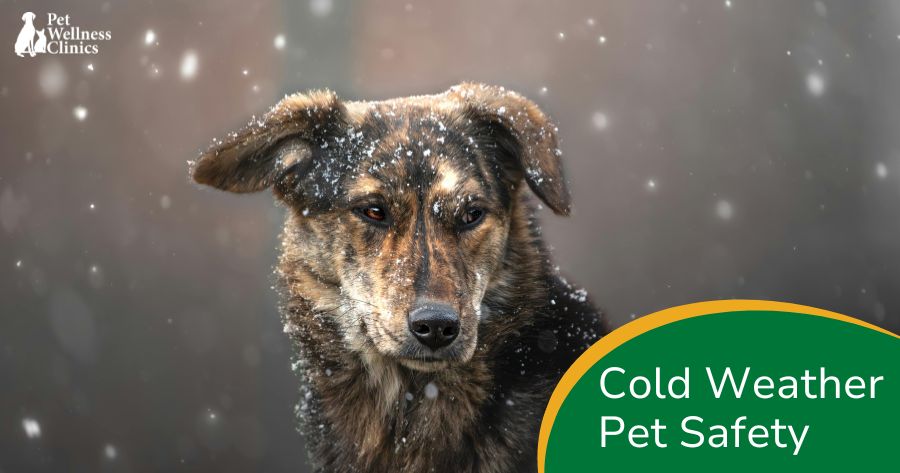Water is essential to all forms of life. As humans, about 66% of our body is water. However, in animals this figure can rise to as much as 80%. Our bodies use water in all of its cells, organs, and tissues.
We use it maintain our temperature and to perform our regular bodily functions, like breathing and the digestive process. Unfortunately, these same bodily functions also cause our bodies to lose water, and so it is imperative that we keep putting fluid back into our bodies for them to operate properly.
Dehydration is a surprisingly common problem in pets. Dehydration is a state in which the body is losing more fluids than it is taking back in. If not quickly remedied, this can be extremely dangerous for your pet. It is much more difficult for pets to recover from dehydration than humans, and it can even lead to death.
What causes dehydration in animals?
Dehydration in animals can be caused by a range of different factors, including but not limited to:
What are the symptoms of dehydration in pets?
The exact symptoms that your pet may display can vary, but typically pets who are dehydrated show some of the following symptoms:
How to tell if your pet is dehydrated
The skin elasticity test
One of the fastest ways to tell if your pet is dehydrated is to perform what is known as a skin elasticity test. This simple check involves gently pinching your pet’s skin between your thumb and forefinger.
In a well-hydrated animal, when you release the skin it should spring quickly back into its natural position. However, if the skin seems to take a while to go back in place, your pet is most likely dehydrated.
The capillary refill test
Another easy way to check the hydration of your pet is to perform a capillary refill test. To do this, press your finger gently against your pet’s gums and then remove it.
If your pet is well hydrated, the gum will momentarily turn white, before becoming pink again. In dehydrated pets, the gums will take much longer to return to their usual shade of pink.
How to help your pet stay hydrated
There are a number of steps that you can take to help your pet stay as hydrated as possible.
The most important thing that you can do is ensure that you provide your pet with a constant supply of clean, fresh drinking water. Like people, some animals drink more than others, so keep a close eye for empty bowls and refill them when necessary.
Your veterinarian at College Park Pet Wellness Clinic will be able to give you an accurate recommendation for how much water your animal needs, based on his height, weight, and breed. Be aware that if your pet experiences a period of sickness or diarrhea, fluids will need to be replaced faster than normal.
If you do not think your pet is drinking enough water, try placing water bowls at various locations around your home, so that it easy for dogs and cats to find liquids.
This is particularly important if you have an older pet, who may not be capable or motivated enough to travel far to find water.
When travelling long distances with your pet, make sure you make adequate rest stops, for both water and bathroom breaks.
If you are concerned about dehydration, sickness, or that your pet is not consuming enough water, schedule an appointment with our veterinarians. We will be able to detect if there an underlying cause for your pet’s lack of water intake or dehydration. If you would like further advice, call our office today.
.png)

